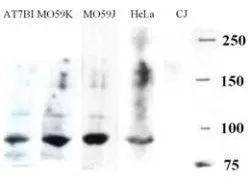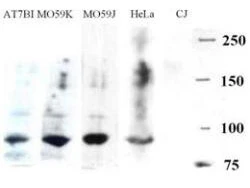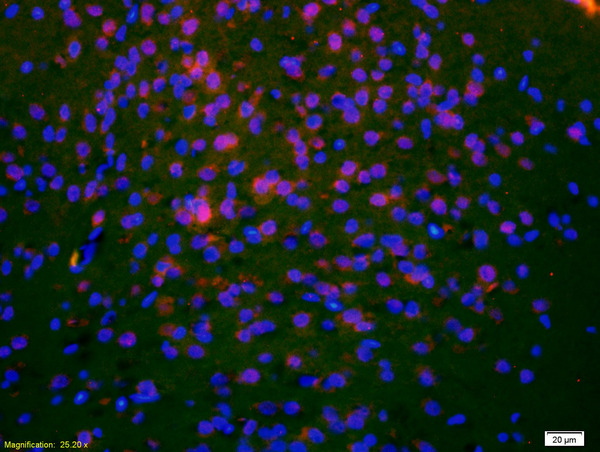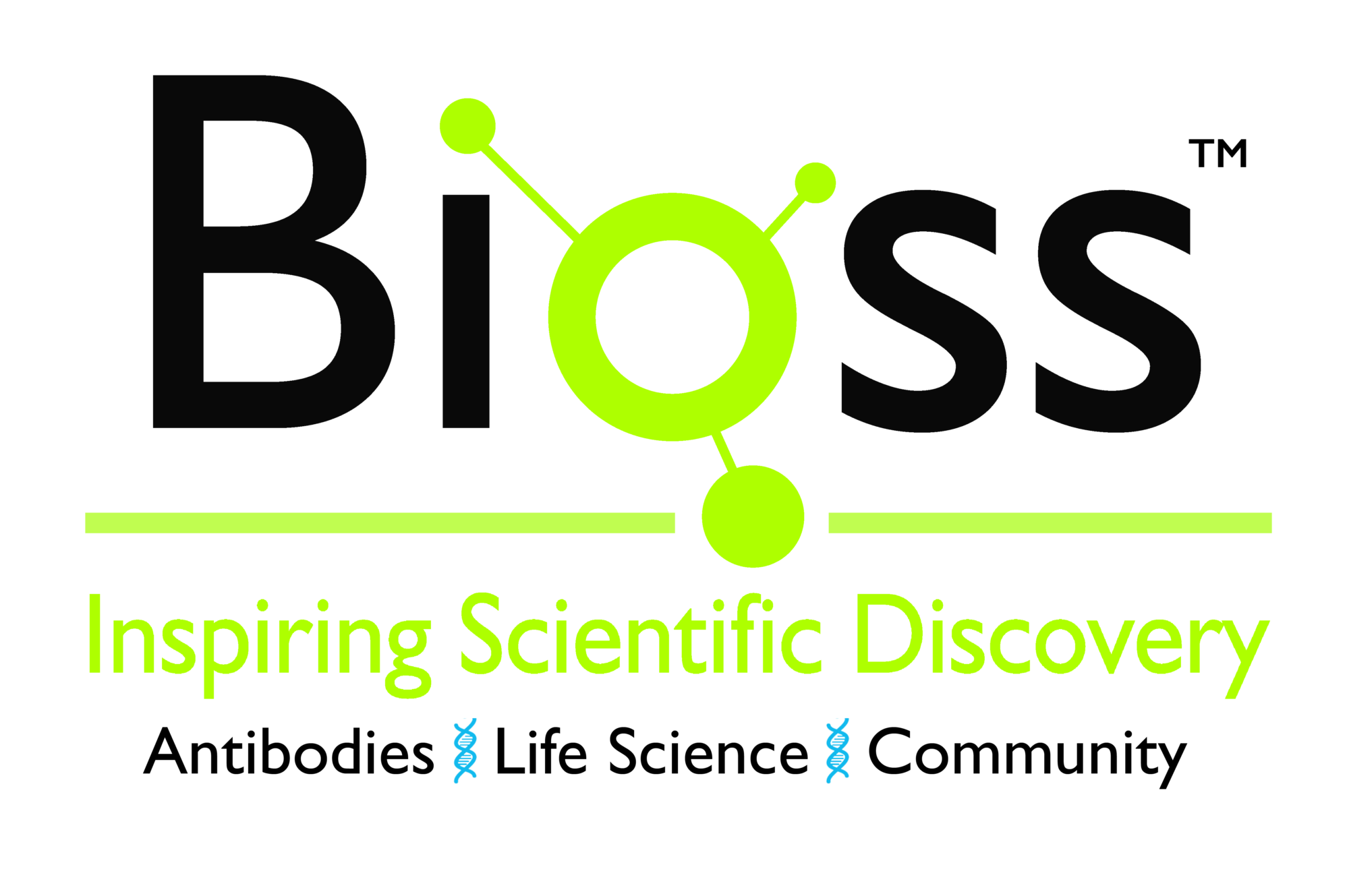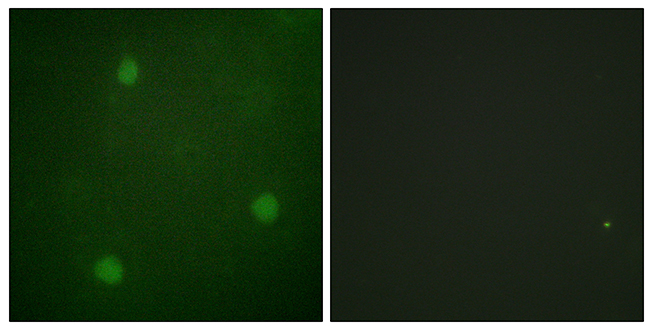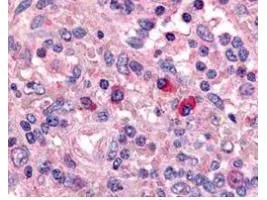
GeneTexs Affinity Purified anti-Artemis antibody was used at a 1:1000 dilution to detect Artemis by immunohistochemistry in human spleen. Positive staining of T cells and B lymphocytes is observed in thymus, lymph nodes and spleen. Tissue was formalin-fixed and paraffin embedded
Artemis antibody
GTX23834
ApplicationsWestern Blot, ELISA, ImmunoHistoChemistry, ImmunoHistoChemistry Paraffin
Product group Antibodies
ReactivityHuman
TargetDCLRE1C
Overview
- SupplierGeneTex
- Product NameArtemis antibody
- Delivery Days Customer9
- Application Supplier NoteWB: 1:500-1:2000. IHC-P: 1:1000. ELISA: 1:10000-1:20000. *Optimal dilutions/concentrations should be determined by the researcher.Not tested in other applications.
- ApplicationsWestern Blot, ELISA, ImmunoHistoChemistry, ImmunoHistoChemistry Paraffin
- CertificationResearch Use Only
- ClonalityPolyclonal
- Concentration1.2 mg/ml
- ConjugateUnconjugated
- Gene ID64421
- Target nameDCLRE1C
- Target descriptionDNA cross-link repair 1C
- Target synonymsA-SCID, DCLREC1C, RS-SCID, SCIDA, SNM1C, protein artemis, DNA cross-link repair 1C (PSO2 homolog, S. cerevisiae), SNM1 homolog C, SNM1-like protein, severe combined immunodeficiency, type a (Athabascan)
- HostGoat
- IsotypeIgG
- Protein IDQ96SD1
- Protein NameProtein artemis
- Scientific DescriptionHuman Artemis, a new identified 78.4 KD, novel DNA double-strand break repair/v(d)j recombination protein. This gene is located at human chromosome 10. Artemis has a role in T and B lymphocyte immunodeficiency and in predisposition to lymphoma through the NHEJ pathway of DNA repair. DNA-PKcs regulates Artemis by both phosphorylation and complex formation to permit enzymatic activities that are critical for the hairpin-opening step of V(D)J recombination and for the 5 and 3 overhang processing in non-homologous DNA end joining.
- ReactivityHuman
- Storage Instruction-20°C or -80°C,2°C to 8°C
- UNSPSC12352203

